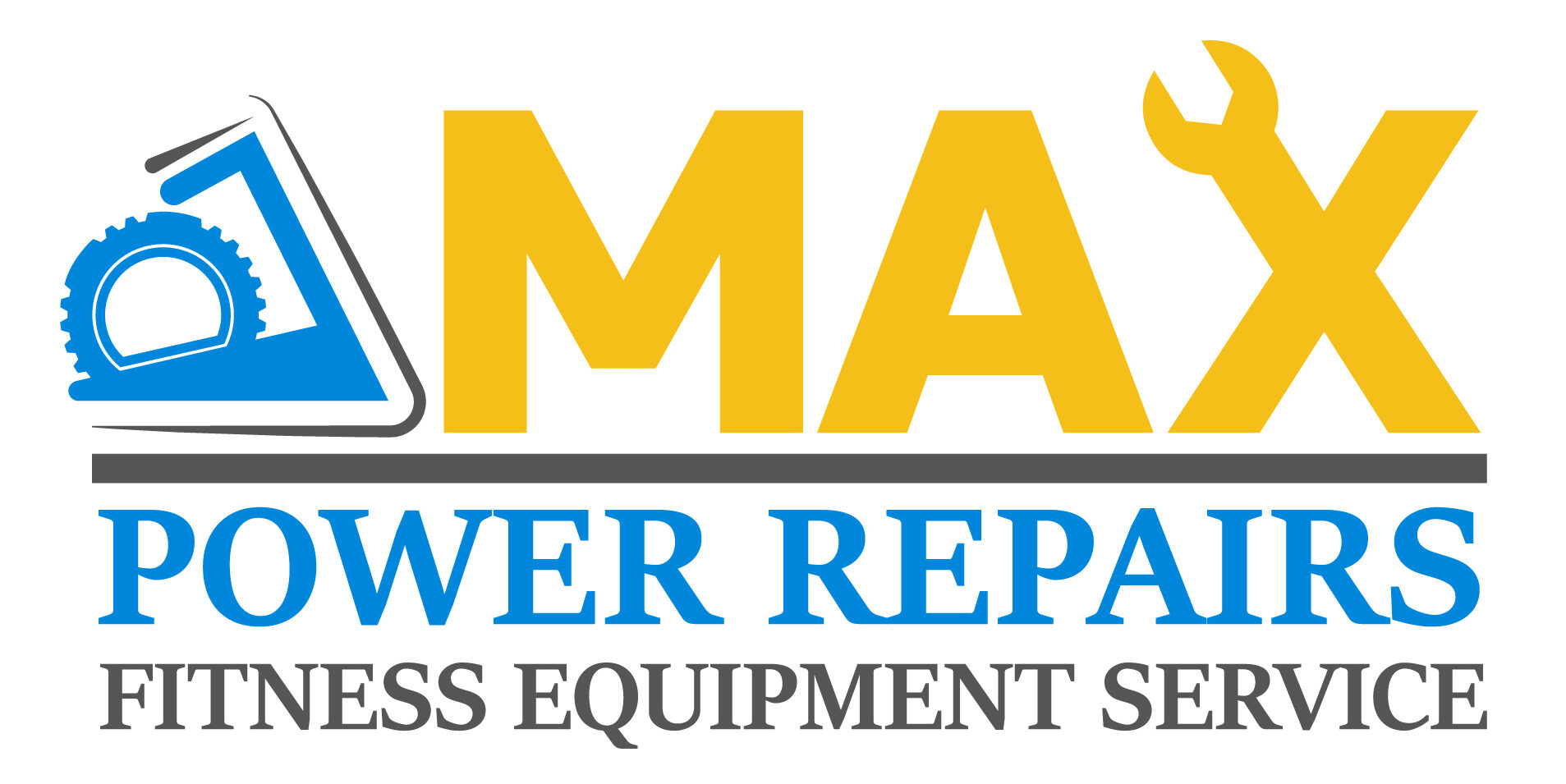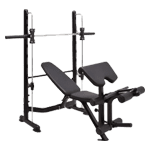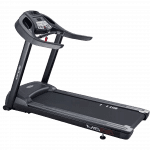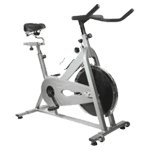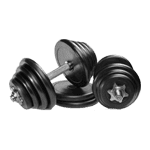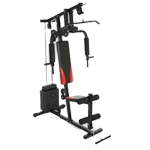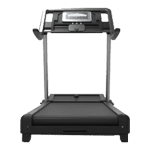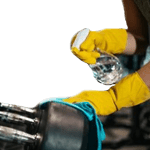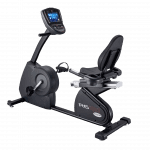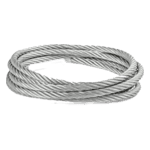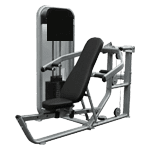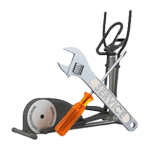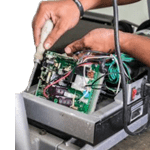Keeping gym machines in excellent condition is essential to providing a safe and effective workout environment. Regular use of gym equipment can lead to wear and tear, making it crucial to know when a machine needs fixing. Spotting problems early can save money on expensive repairs and prevent accidents.
By being proactive and regularly inspecting gym machines, you can keep your equipment in top shape and ensure a safe workout environment for everyone. Routine checks and maintenance extend the life of your gym machines and keep them functioning correctly.
Signs of Wear and Tear
Wear and tear on gym machines are common, and recognizing the signs early can prevent more severe issues later. One of the most noticeable signs is fraying cables. Cables that pull weights on machines can wear out and snap if not replaced in time. Likewise, grips on handles can become worn, making them uncomfortable and unsafe to use.
Another sign of wear and tear is rust. Over time, the metal parts of gym machines, especially those with moving parts, can start to rust. Rust weakens the metal and can lead to breaks or malfunctions. Regularly checking for rust and addressing it quickly can help keep your machines in shape.
It’s also essential to look for cracks or splits in the machine’s structure. Frame damage can compromise the equipment’s stability, posing a risk to users. By paying attention to these signs of wear and tear, you can ensure that your gym machines remain safe and functional.
Strange Noises and Movements
1. Squeaking: Squeaking sounds usually mean the machine needs lubrication. Lack of lubrication can cause parts to wear out faster.
2. Grinding: Grinding noises often indicate that internal parts are rubbing against each other. This can be a sign of serious mechanical problems.
3. Rattling: Rattling sounds suggest a part is loose or broken. It could be something as simple as a loose bolt or something more severe inside the machine.
4. Stiff Movements: If a machine doesn’t move as smoothly as it should, it may be due to worn-out components or lack of lubrication. Stiff movements can make the equipment hard to use and cause further damage.
5. Bouncing or Jiggling: If the machine bounces or jiggles during use, it might be due to a problem with the frame or stabilizing parts. This kind of movement is not only annoying but can also be unsafe.
Listening and watching for unusual noises and movements can help you catch problems early and fix them before they become more significant. Regular attention to how your gym machines sound and move is vital to keeping them in excellent working condition.
Malfunctioning Electronics
The electronic parts of gym machines are crucial for their operation, and when they start having issues, it can affect the entire machine. One of the first steps to troubleshoot a malfunctioning electronic component is to check the power source. Make sure the machine is plugged in, and the outlet is working. Sometimes, the simplest solution is the correct one.
Next, inspect the display panel for error codes. Many modern gym machines have diagnostic features that show error codes when something goes wrong. Refer to the machine’s manual to understand what these codes mean. Resetting the machine can sometimes fix minor issues, so try switching it off and back on again.
If the issue persists, examine the wiring. Look for loose or frayed wires that might interrupt the power supply or communication between components. Tighten any loose connections and replace damaged wires if needed. If the machine isn’t working, it might require professional service to address deeper electronic problems.
Regular Inspection Practices
Regular inspections are crucial to keeping gym machines in excellent condition. Routine checks help identify problems early, reducing the chance of equipment failure and extending the life of your machines. Scheduling inspections on a weekly or monthly basis ensures consistent maintenance.
During an inspection, look for signs of wear and tear and unusual noises and check electronic components. Make it a habit to clean machines as part of the inspection routine to prevent dust and sweat buildup that can cause damage. Regularly lubricate moving parts to keep them running smoothly.
Create a simple checklist for routine inspections:
1. Check for frayed cables and worn-out grips
2. Inspect for rust and structural damage
3. Listen for unusual noises and test machine movements
4. Verify the condition of electronic components and connections
5. Clean the machines and lubricate moving parts
6. Test safety features like emergency stops and safety clips
Follow a structured inspection routine to keep your gym equipment in optimal working condition. This proactive approach minimizes downtime and ensures a safe environment for everyone.
Conclusion
Maintaining gym machines requires vigilance and regular care. You can keep your equipment running smoothly by knowing the signs of wear and tear, paying attention to strange noises, troubleshooting electronics, and conducting routine inspections. Healthy machines mean a better gym experience for members and less frequent need for significant repairs.
If you find that your gym equipment needs professional attention, contact Max Power Repairs. We specialize in gym equipment service repairs and installations for commercial gyms in Miami, FL. Our experienced team is here to help keep your equipment in top shape. Reach out to Max Power Repairs today to ensure your gym remains safe and efficient.
